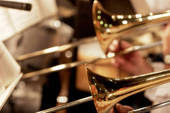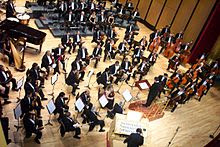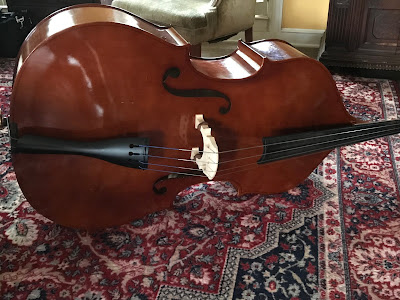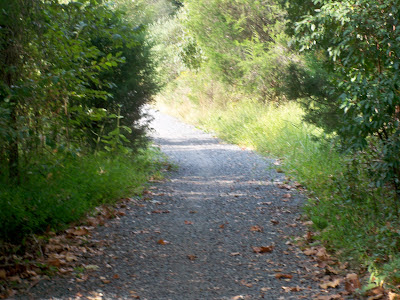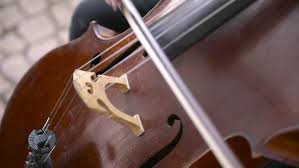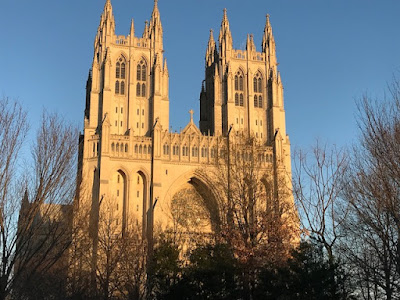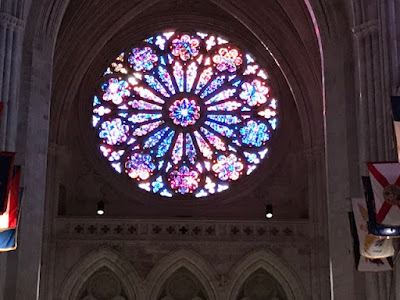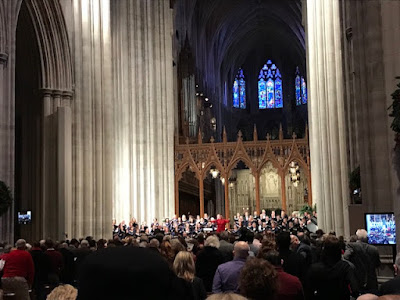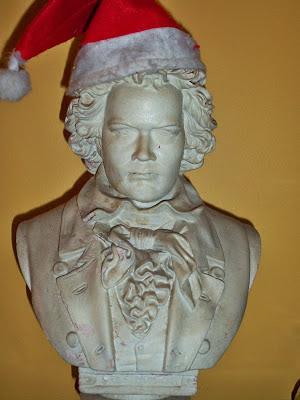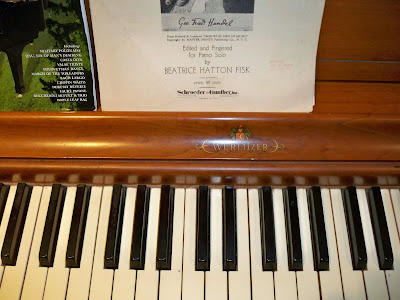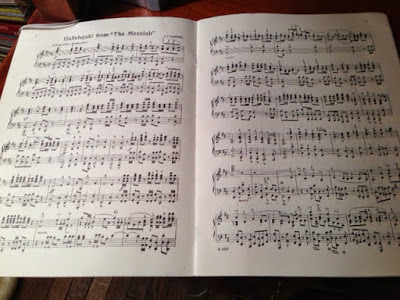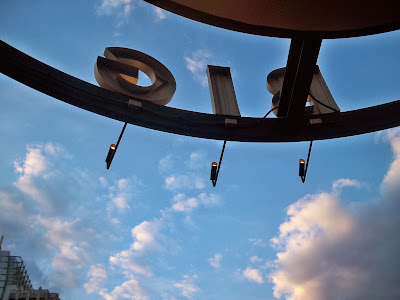Musical Dreams
I guess the notes were flowing a little better during my practice session last night (a guarantee that they won’t flow well today!). Whatever the reason, I found myself wondering this morning if there is a community orchestra in the area.
And lo and behold … there is! Not only that, but they have summer “reading sessions” where they invite members of the community to come and play with them. I will be in town for every one.
And so …
I’m remembering what a big part music used to play in my life, how it’s taken a back seat to schooling, working, child rearing and how … it may not have to anymore.
First, I have to get through the Verdi and the Stravinsky. And then, we’ll see …
